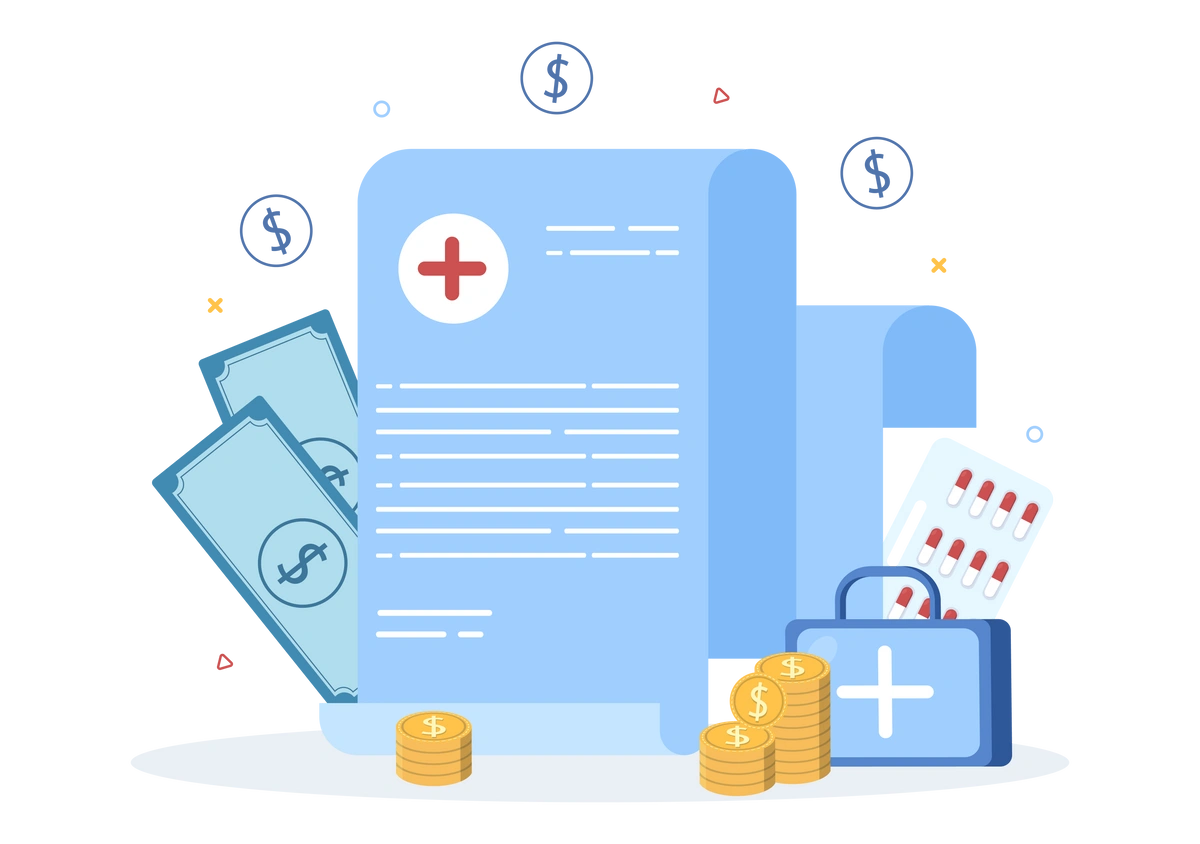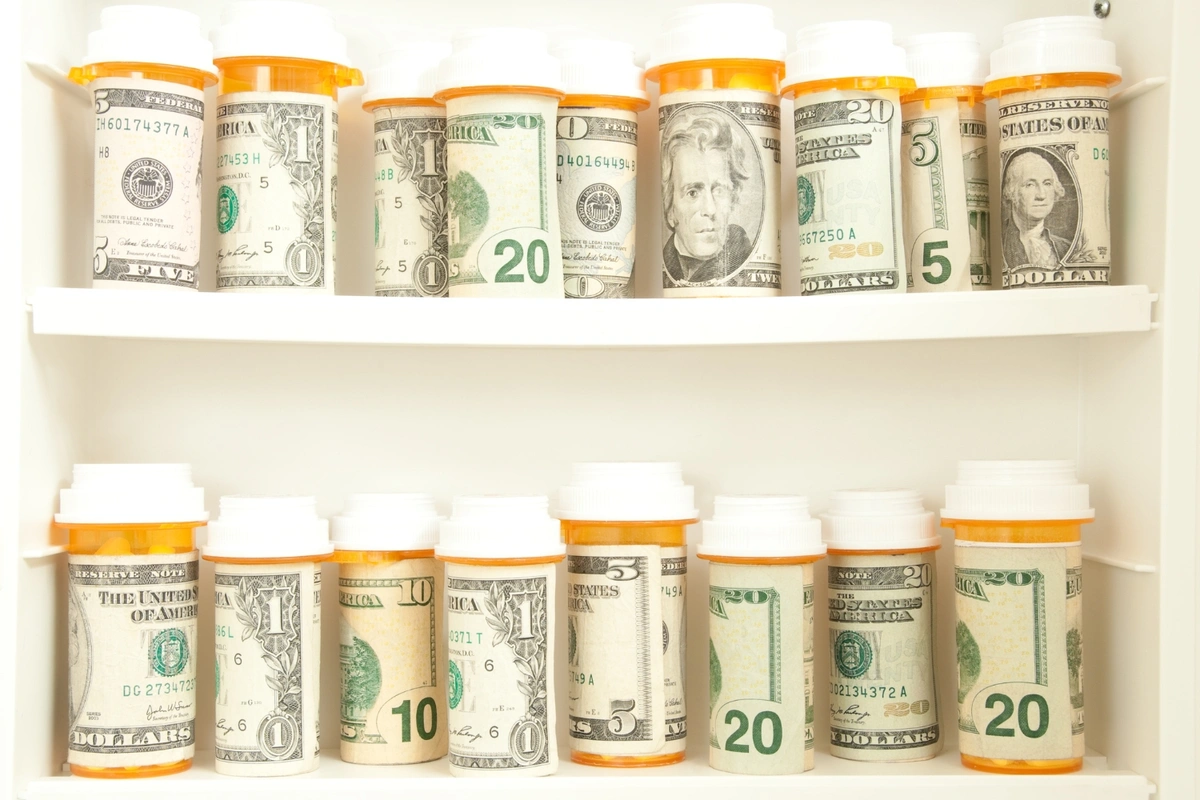
How Much Does Medicare Part D Cost?
It’s the start of a new year, and many people are looking at their budgets. Healthcare is often higher on the list of expenses, so it’s important to know how much each of your Medicare policies is going to cost. Today, we’re going to address Medicare Part D.
Part D might be the most cumbersome cost to estimate, but once you understand how Part D works and your specific plan in particular, you should have a good idea of how much to set aside for your prescriptions each month.
Medicare Part D Premiums
The most predictable cost within a Part D plan is the monthly premium, the amount you pay to have the plan. Generally speaking, the more prescriptions you take and the more specialized those prescriptions are, the more you’ll pay for Part D. Since the Annual Election Period just passed and you probably had your plan reviewed, you might remember what that premium was. Even if you did not change your plan, you should expect a new premium in the new year.
It is possible you’ll have to pay a higher premium than expected. If you earn a high income, you’ll be subject to IRMAA, the Income Related Monthly Adjustment Amount, for both Part B and Part D. The Part D premium is paid to the insurance company, and IRMAA is paid to the Medicare program. Just like the Part D premiums, your IRMAA will likely change from one year to the next.
Medicare Part D Copays and Coinsurance
In addition to your premium, you’ll have a deductible, copayments, and coinsurance costs when you get a prescription filled. Those costs will depend largely on your plan’s drug formulary. A drug formulary is the plan’s list of covered prescriptions organized into tiers. Plans have anywhere from four to six tiers. Common, generic medications fall into lower tiers, while specialized, name-brand medications fall into higher ones. As you may have guessed, the higher the tier, the higher the cost.
Most plans use the standard deductible, which is set by the Centers for Medicare and Medicaid Services each year. In 2024, that deductible is $545. However, most plans do not apply the deductible to the first one or two tiers of the drug formulary. For example, if you’re taking a generic medication for high blood pressure, it will most likely not be subject to the deductible.
Once the deductible has been met, you’ll enter the first phase of coverage. This is when you pay the copayments or coinsurance costs set out by the plan. These costs should have been presented to you when you enrolled in your Part D plan. If they weren’t, you can find out what they are by calling your advisors, the insurance company or by entering your prescriptions on Medicare.gov. Doing this at the beginning of the year will allow you to see how your costs might change over time due to the deductible and different coverage phases.
For example, if you take expensive medications, you might find yourself in the donut hole or coverage gap. During this phase of coverage, you pay more for your prescriptions. In some cases, your costs increase drastically, so it’s always helpful to plan ahead.
How to Manage Prescription Costs
There’s no denying that prescriptions are expensive. If you find yourself taking a more costly medication, there are a few things you can do to try to reduce your out-of-pocket expenses.
First, compare the cost of your prescription with your Part D plan to other discount plans available. Programs like GoodRx, Cost Plus Drugs, or direct pharmaceutical coupons can be great options. Some drug companies offer lower prices to those who qualify based on their income.
Second, if you are taking a name-brand medication, ask your doctor about switching to a generic one. This isn’t always possible, but it’s certainly worth looking into.
You should also make sure you’re using a preferred pharmacy instead of a standard pharmacy. Both types accept your Part D plan, but you’ll pay more if you use a standard pharmacy. In addition, your plan might offer even lower copays if you use their mail-order option.
If you have a limited income, you might qualify for the Extra Help program. It is a national program available to anyone who qualifies. The program helps pay for Part D costs and will greatly reduce your prescription expenses. If you are someone who falls into the donut hole, you will not pay the higher prices if you have Extra Help.
Lastly, be sure to make your calendars for the next Annual Election Period, which starts on October 15 every year. It’s crucial that you have your Part D plan reviewed each year as costs change significantly from one year to the next.
If you have questions about your Part D plan or need advice on how to reduce your prescription costs, call the Local Medicare Specialists today. You will speak to a local agent near you who can answer all your questions and offer cost-saving tips and tricks.
Still Have Medicare Questions?
Schedule a FREE Medicare plan consultation with an agent in your neighborhood.
Privacy and Security: Your privacy and security are extremely important to us. Your personal information is protected by our Privacy Policy
LocalMedicareSpecialists.com is privately owned and operated by LMS Insurance LLC. LocalMedicareSpecialists.com is a non-government resource for those who depend on Medicare, providing Medicare information in a simple and straightforward way.
We do not offer every plan available in your area. Currently we represent 11 organizations which offer 173 products in your area. Please contact Medicare.gov, 1-800-MEDICARE, or your local State Health Insurance Program (SHIP) to get information on all of your options.
